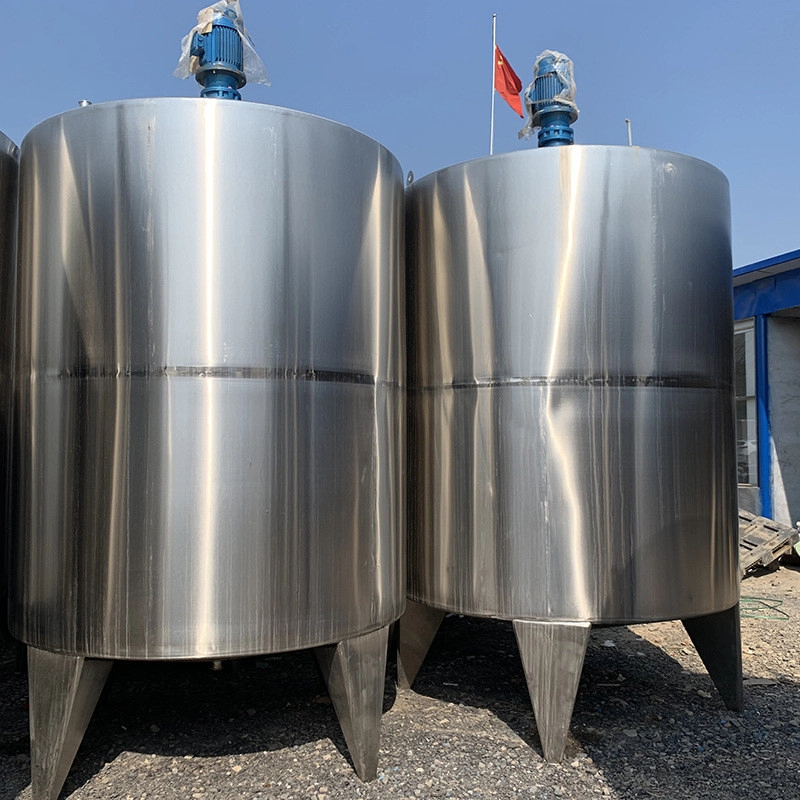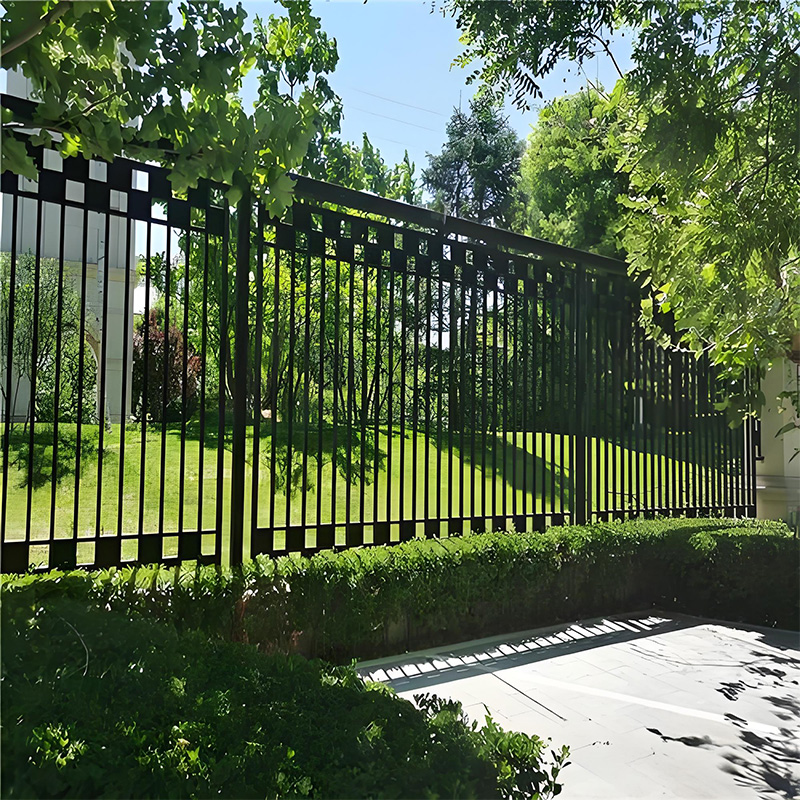Why Your Shiny Handrail Might Be a Hidden Hazard
Stainless steel stair handrails combine sleek aesthetics with durability, but their smooth surface can become dangerously slippery. The CDC reports 12% of stair accidents involve handrail issues (Source: 2024 National Safety Council Data). Let’s explore practical solutions.
Problem 1: Surface Condensation
In our 2025 hotel renovation project, we noticed guests avoiding handrails due to morning dew accumulation. The fix? Micro-groove texturing increased friction by 40% without compromising the stainless steel handrail’s modern look.
Material Comparison: Stainless Steel vs Alternatives
| Feature | Stainless Steel | Wood |
|---|---|---|
| Maintenance | Low | High |
| Lifespan | 25+ years | 10-15 years |
| Safety | Requires texturing | Natural grip |
Step-by-Step Anti-Slip Upgrade
- Clean with pH-neutral detergent
- Apply diamond abrasive pads (80-120 grit)
- Install silicone grip strips at 12″ intervals
- Test surface friction using ANSI-compliant tools
- Apply clear anti-slip coating
⚠️ Common Mistake Alert
Avoid using wax-based polishes – they create temporary shine but reduce traction. Instead, try matte-finish cleaners specifically formulated for stainless steel stair handrails.
Maintenance Checklist
- ☑️ Monthly surface inspection
- ☑️ Quarterly fastener torque check
- ☑️ Annual professional safety audit
FAQs
Q: How often should I replace handrail brackets?
A: Inspect brackets every 2 years – stainless steel models from reputable suppliers typically last 7-10 years.







